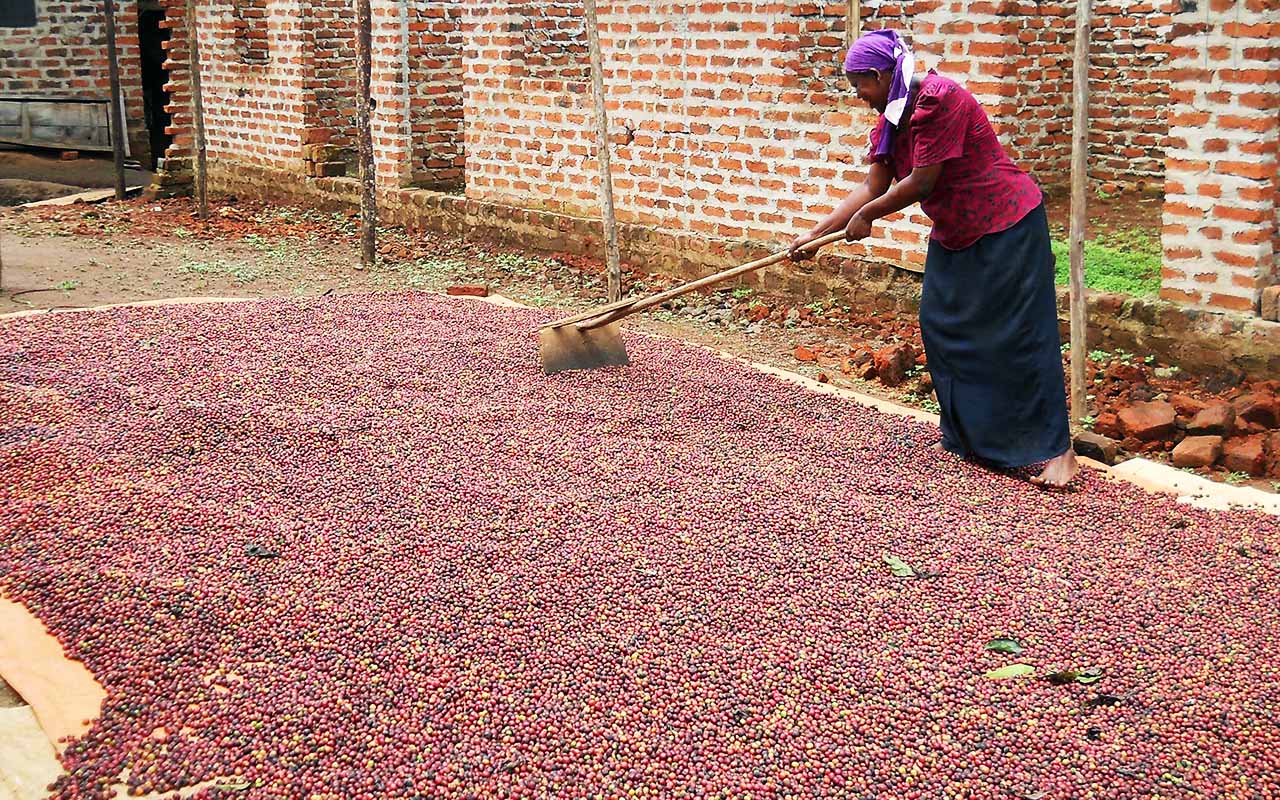
Dr Gladys Kalema Zikusoka, the author of Walking With the Gorillas during the launch of memoir last week. PHOTO/ISMAIL MUSA LADU
|Prosper
Prime
Dr Kalema: The vet bringing back gorillas in droves
What you need to know:
After launching her memoir in Kampala last week – Walking With Gorillas, Dr Gladys Kalema Zikusoka, fielded questions from the press including from Prosper Magazine’s Ismail Musa Ladu & Rabiiba Abdullah Karim. She made a case for conservation of mountain gorillas, the country’s leading tourism product, saying failure to conserve the largest primates, will have dire consequences for livelihoods and the economy.
Tourism industry players and stakeholders describe this memoir as a premium tool that will promote tourism. Do you share that thought?
If people engaged in promoting tourism think this book will help the industry then I am humbled by that. Uganda has had a very difficult time. Many animals were decimated in the 1970s and 1980s.
And not until the 1990s that the animals started coming back. In the memoir, I talk about that journey and how we have worked towards having the animals’ number go up. We moved elephants, and we worked very hard to get giraffes numbers up again.
Then we started focusing on the mountain gorillas. When we first started out, there were only about 600 left in the whole world. Now, there are more than 1,000 mountain gorillas. This is great thing for conservation. As a result of this tourism started to pick up and actually grow. And that is why the tourism industry players and stakeholders and even those who love adventure believe Walking with the gorilla memoir is a great tool for promoting tourism of our country.
Why gorillas and not Zebras or chimpanzees?
As vet doctor, I love all animals. But to answer your question, it all started at Bwindi which is a large primeval forest located in south-western Uganda. I was a vet student then in 1994, and I was shocked at the threats facing gorillas.
Communities would easily encroach on the land of gorillas. The relationship between the community and the park was on the edge. At that time, there were only about 300 gorillas left in Bwindi. And chances of making them sick was evident. Knowing the benefits of tourism in terms of helping communities in so many ways, we engaged an approach of co-existence between the community and gorillas. This was important because then they will not be harmed. So the focus on gorillas was to save them from extinction.

Tourists see a gorilla in a national park. PHOTO/ EDGAR R. BATTE
What is the biggest concern pertaining to gorilla conservation in the country?
In Uganda specifically, the biggest challenges are habitat encroachment. Gorillas don’t have a lot of land to occupy. Now that the numbers are increasing as a result of successful conservation efforts by among others the Uganda Wildlife Authority, NGOs and our conservation efforts through public health, there is need to ensure that encroachment does not get out of hand. Then disease is the other issue. When gorillas go outside the park, they could easily catch diseases from humans.
So how can gorillas be conserved better?
There are a number of strategies. We have set up an NGO called Conservation Through Public Health, which addresses the health of the gorillas and other wildlife. This include addressing peoples’ health issues in the community as well. We do this because we don’t want local communities to make the gorillas sick. And importantly, if we care about the community then it is easy for them to even care more about wildlife conservation.
Additionally, we discourage people from eating wild animals because it could make them sick. We ensure that we strengthen community-based healthcare so that co-existence and conservation is simplified. And then we also support coffee farmers around the park. We give them a good price for coffee. As a result, they don’t have to enter the park to poach or collect firewood. And in the process the habitat, the gorillas and wildlife in general are protected.
What is the status of the gorillas in the country?
Now the gorillas are no longer endangered like they used to be years ago. When I just started out as a vet doctor when gorillas were critically endangered. In census done in 1997 which I participated in, the mountain gorillas in Bwindi forest were about 300.
And if you combine the numbers with the ones in Rwanda, the total number comes to about 650. So I would say that, mountain gorillas stopped being critically endangered in 2018. This is because number of census that were done showed numbers were growing. As we speak mountain gorillas are off the critically endangered list.
Now they are in minimum of 1063 in the whole world. , Importantly they are showing a positive growth trend. And so is tourism. And this indicates how attractive mountain gorillas are in tourism attraction.
So the more tourism grows, the better for gorillas and wildlife conservation, right?
We believe that tourism has helped in bringing the gorillas back from extinction. It has also improved veterinary care. For example, whenever a gorilla gets sick, it is treated. And as result, there has been improved community health to protect the gorillas from catching disease from the committee and vice versa. Given the benefits of tourism to the local community economy, the locals don’t want to harm the gorillas because they know it is responsible for their children going to school.
What inspired you to write this book?
It took me two and a half years to write this memoir (Walking with Gorillas). But before that, I have always thought about writing my experience while setting up the vet unit and many other unique experiences including struggles to get salaries. But finally, the time came when Covid-19 pandemic brought everything almost to a halt.
Over the last 18 years, I have learnt so much from our NGO. But before I forget many of these experience, I decided to write the book talking about the journeys I went through in conserving gorilla and wildlife through tourism. I also spoke about coffee, engaging women in conservation.
And one person, I was so happy to meet is Dr Jane Goodall who without hesitation wrote the foreword for my book – Walking With Gorillas.
I used to buy her books when I was a vet student. When I met her in London in 1990s she told me I should visit her in Gombe National Park.
The2023/2024 National budget implementation started this month. Can you speak conservation funding in the budget or the need for it?
There is very little funding for conservation yet the mountain gorillas bring in about 60 per cent of the earning generated from wildlife tourism in Uganda.
But this is not just a Ugandan problem. Most countries don’t invest in wildlife conservation across the globe. This is because budgets prioritise needs of human beings ahead of all other things. But tourism is helping to justify the need to conserve wildlife. So I hope things get better. I can also tell you that finding donors who are passionate about protecting world life spaces and conservation is difficult.





